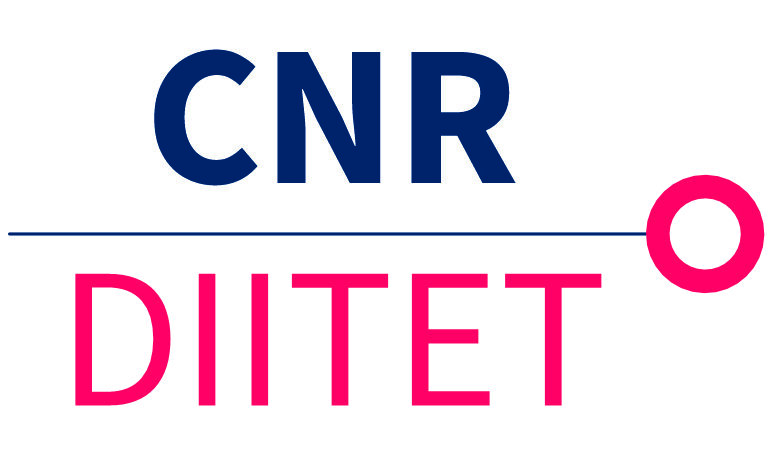Objective: The PA objective is both to advance methods and technologies and to discover piece of knowledge for a better understanding of individual and collective phenomena and behaviors and for the construction of intelligent and autonomous systems in challenging domains.
The main research and development challenges concern the
The main research and development challenges concern the
- modelling, analysis, and visualization of data, which cannot be processed with traditional methods;
- extraction of knowledge and learning predictive models from multi-dimensional, multi-sources, networked, and dynamic data based on artificial intelligence, data mining and network science methods;
- intelligent processing of image, audio, and audio-visual content for the development of applications based on content recognition;
- analysis and comparison of digital content for 3D models, and more generally, multi-dimensional representations;
- development of applied ontologies of socio-technical systems and semantic technologies for their treatment based on the languages of the semantic web and for semantic interoperability;
- natural interaction with computer systems based on multimodal paradigms that make it accessible and usable.
- 15 CNR Institutes: ISTI, IMATI, ITC, IIT, ISTC, IREA, IEIIT, ICAR, IASI, IAC, STIIMA, IFAC, GI, IRC, ISTEC
- a total of around 600 person-months per year.
Approach: The AP approach and research activities will be developed according to the following research lines
- DATA
- Line1: Big data Sensing and Management
- Line2: Knowledge Representation, Reasoning and Engineering
- Line3: Knowledge Extraction and Semantic enrichment
- CONTENT
- Line 4: Data Mining and Machine Learning
- Line 5: Network Analysis
- Line 6: Behavior Analysis
- MEDIA
- Line 7: Acquisition, modelling, and analysis of images, videos, 3D and multidimensional data
- Line 8: Multimodal Interaction and Accessibility
Scientific Impact & Results will cover
- database and semantic web technologies
- knowledge representation and management
- data visualization, data mining and pattern recognition
- machine learning, and artificial intelligence, complex system theory and network science
- information retrieval and text mining, statistics and applied mathematics
- natural language processing, computer vision and computer graphics
- user modelling and cognitive computing
Download:


